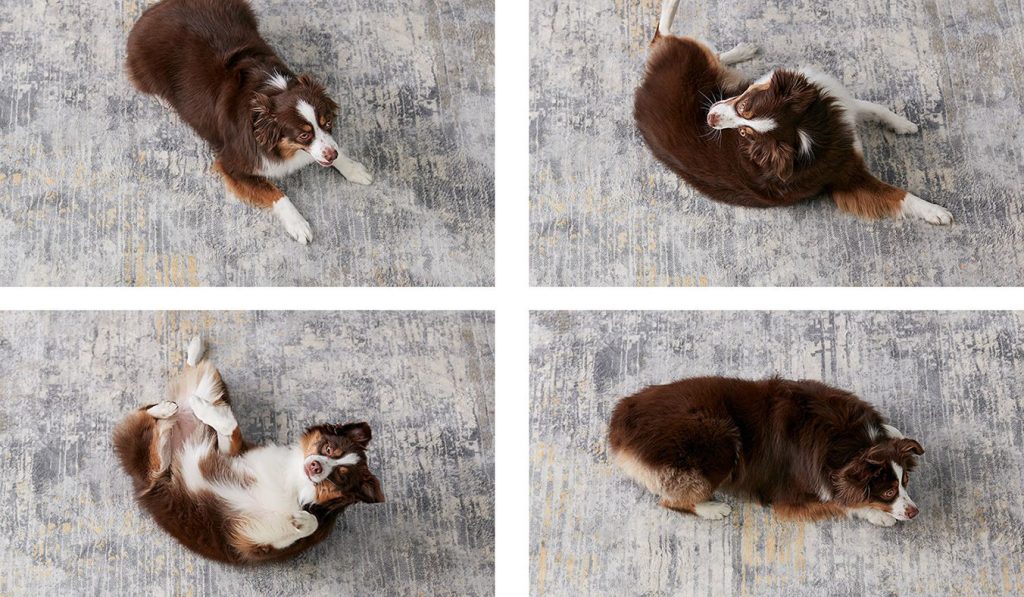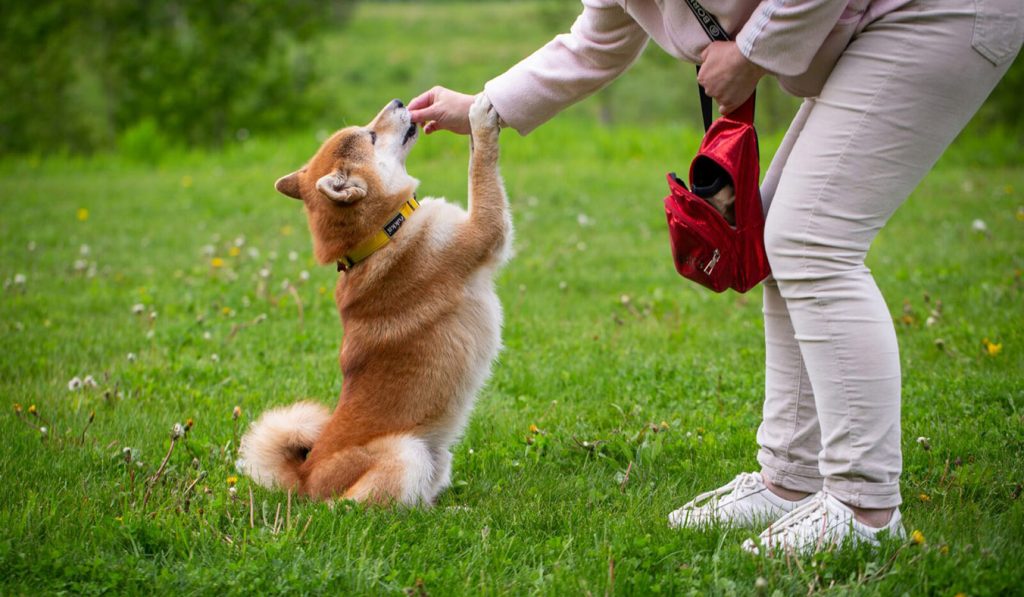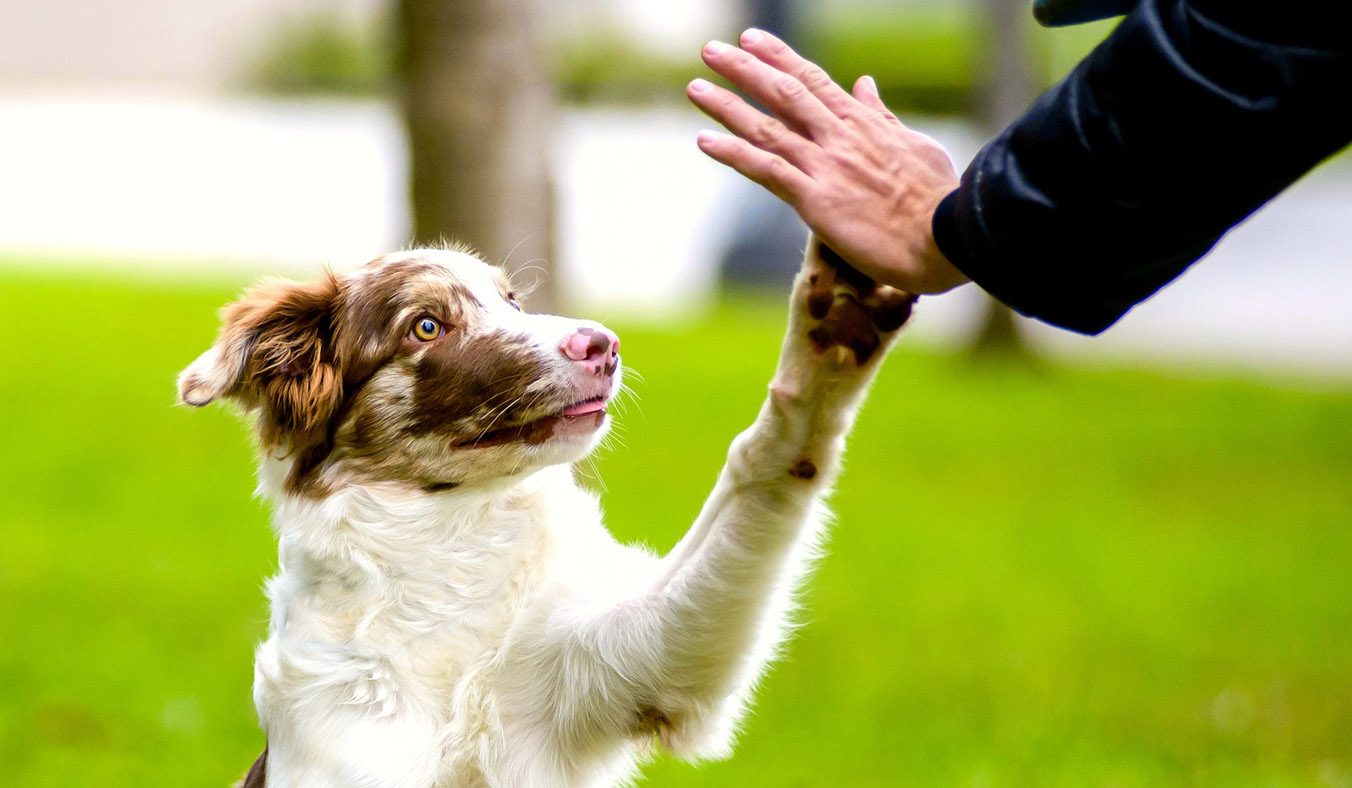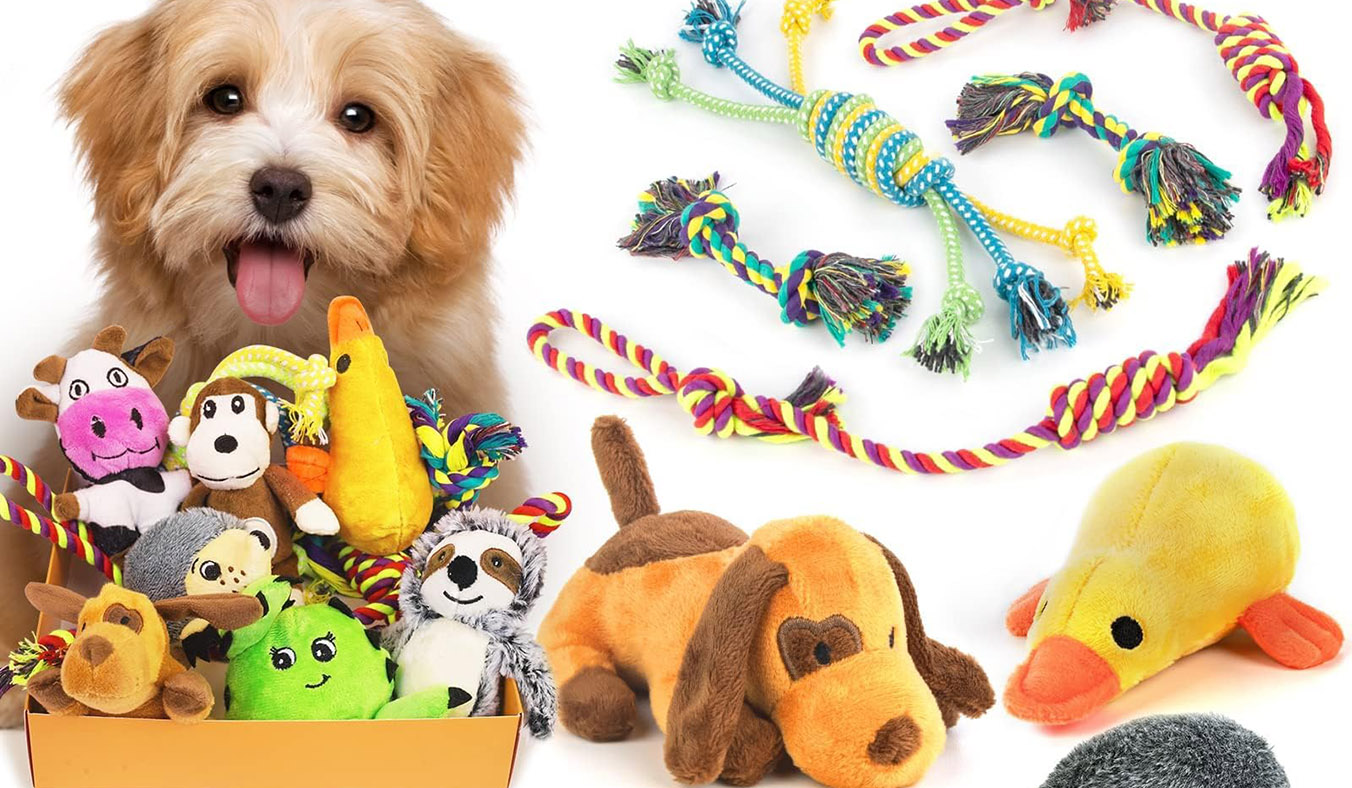Dogs are eager to learn new commands when a delicious reward is waiting for them. Learning tricks strengthens the bond between the owner and the dog, and allows you to shape your dog’s character. The “play dead” trick is relatively easy to teach, but it requires patience. Here’s how to train your dog to master this trick!
When Should You Start Training Your Dog?
There is no ideal age to start teaching your dog tricks. “Play dead” is a relatively easy trick that your dog should be able to learn, no matter its age. You can start with simpler commands, such as sitting, and gradually move to more advanced tricks like giving a paw. It’s crucial not to lose patience while teaching basic commands. From a behavioral perspective, it’s best to first teach your dog discipline during walks and meals. This will make the training process smoother, and additional tricks will add variety to your dog’s repertoire.
How to Teach Your Dog to “Play Dead” Using Both Paws?
Patience and consistency are key when teaching this trick. Dogs learn quite easily, but they need to be motivated by treats and approval from their owner. “Play dead” is an impressive trick, perfect for dog shows, for example.
To ensure effective training, your dog should be well-fed, focused, and ideally exercised before the session. This way, its instincts won’t distract it, and it can concentrate on the task at hand. Before teaching your dog to “play dead,” begin by teaching it the simple command “sit.” Once your dog has mastered this, it will be much easier to move on to the next steps.
Start by asking your dog to sit, then hold a treat above its nose. Give the command “play dead” and, as your dog reaches for the treat, lift your hand higher so your dog has to raise its paws. At this point, the dog should already be sitting on the ground with its paws lifted, successfully achieving the “play dead” position.
Praise your dog as usual and reward it with a treat. Repeat these steps multiple times a day so that your dog remembers the trick.
What to Do If Your Dog Doesn’t Perform the Trick Right Away:
Some dogs may not immediately adopt the position during the first training session. In such cases, a shaping technique can be used. For this, you’ll need a clicker. This method is more complicated but can work wonders with stubborn dogs.
The technique involves breaking down the trick into smaller steps. For “play dead,” we first teach the dog to sit, then to lift its nose to get the treat, then to lift its paws, and finally to reward it for completing the entire action. Each step should be followed by a click and a reward. Teaching a dog using a clicker method can take time and may even take a few weeks, but it yields undeniable results.

Consistency is also crucial here. Your dog needs to form a habit that leads to a reward.
Why Consistency and Patience are Key
Training takes time, especially when you’re teaching more complex tricks like “play dead.” It’s important to stay consistent in your approach and to give your dog plenty of positive reinforcement. Every time your dog successfully completes a step, make sure to reward it, as this encourages your dog to repeat the action in the future. By breaking down the process into smaller tasks and maintaining patience, your dog will eventually master the trick.
Troubleshooting Common Issues During Training
While training, some common issues may arise that could hinder progress:
• Lack of Motivation: If your dog isn’t responding, consider changing the reward or varying the treats. Some dogs are more motivated by different types of rewards, like toys or extra playtime.
• Distraction: Dogs can easily get distracted, especially if they’re not in a controlled environment. Try to minimize distractions by training in a quiet room or area, and gradually introduce more challenging environments as your dog becomes more proficient at the trick.
• Slow Progress: If your dog is taking longer to learn, don’t get discouraged. Some dogs take a little more time than others to learn certain tricks, and that’s perfectly normal. If needed, reduce the complexity of the trick temporarily and gradually build it back up.
Keep Training Fun and Positive
The key to successful dog training is making it fun and enjoyable for both you and your dog. If you turn the training process into a game, your dog will be more likely to stay engaged and learn faster. Dogs love to make their owners happy, and this strengthens the bond between you and your pet.
Understanding the Psychological Benefits of Training
Training isn’t just a physical challenge for your dog; it’s also a mental one. Teaching your dog various tricks enhances its cognitive abilities and problem-solving skills. Dogs that are regularly trained tend to exhibit fewer behavioral issues and are often happier and more balanced.
The “play dead” trick is also an excellent way to build trust with your dog. Dogs that know they are understood by their owners and consistently receive positive reinforcement develop a strong sense of self-confidence, which motivates them to learn new things.

Success with Patience and Love
Learning the “play dead” trick is a rewarding experience that brings you and your dog closer together. With the right mindset, patience, and consistent application of training methods, you’ll soon be able to witness the impressive sight of your dog proudly performing this trick. Remember, every training session is an opportunity to strengthen the bond with your dog and to make the process enjoyable for both of you.
With love, respect, and a positive approach, your dog will not only master the “play dead” trick but will also be a happy and balanced companion by your side.



